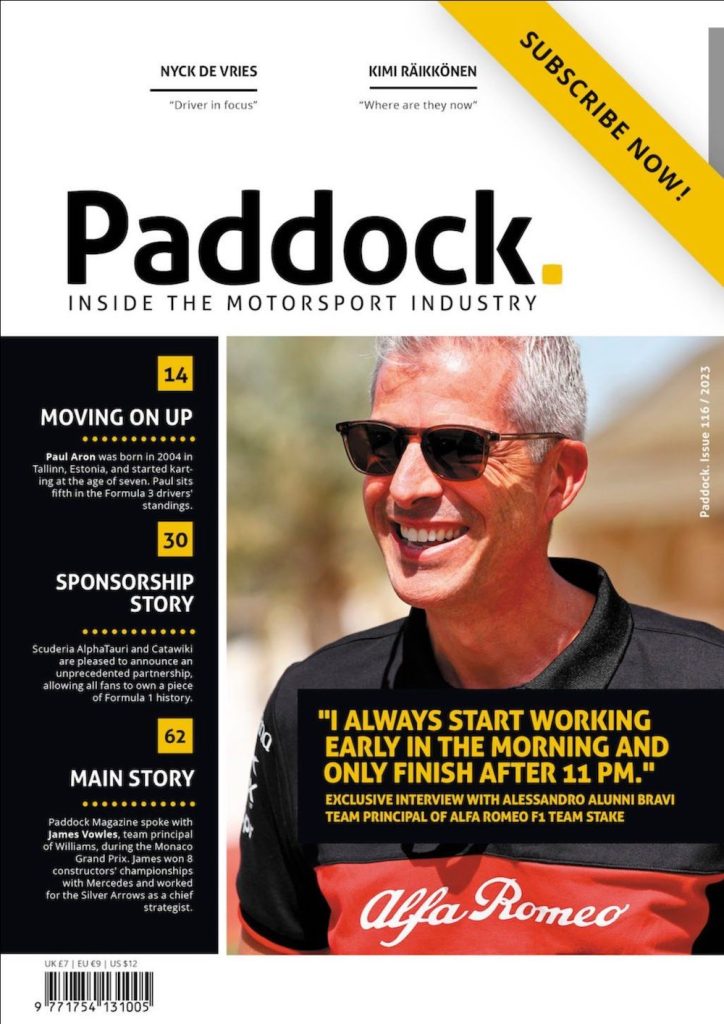Motorsport competitors! As I’m writing this article, it’s snowing hard and there is a wind chill of around -5 degrees Centigrade. I recall racing in Formula Ford on a snow-lined track at Brands Hatch in the middle of May, so don’t get rid of those snow tyres just yet!
Click here to subscribe to our print edition!
Talking about Formula Ford, I watched a wonderful video the other day, which brought back those heady days of racing in the mid-1970s, when we had oversubscribed grids, resulting in three Heats and a Final at most meetings, three major Formula Ford Championships and a massively popular Formula Ford Festival to round off the season. If you want to get a feel of what it was like in the days, when no less than ten motorsport competitors from Formula Ford went on to race in Formula 1 within three or four years, you should watch the original footage of the Esso FF1600 Championship. It contains some fascinating interviews as well as race footage at Brands and Silverstone. Find it on YouTube: “1978 – ESSO FF1600 – both parts”.
Can we learn anything today from the success of this very popular category? Yes, without a doubt! It’s interesting that the various current historic series of Formula Ford is now attracting huge entries. The reason why is very easy to detect. In that era, it was possible to run a car on a very small budget, due to a number of reasons. To begin with, cars could be taken to the circuit on a trailer, they could be worked by one or maybe two people, engines could be changed quickly, as could gear ratios and even accident damage wasn’t necessarily a precursor to missing the next Heat. Aerodynamics were minimal, it was all about mechanical grip. Formula Ford produced sensational racing and although there were a large number of chassis and engine producers, the performance levels of the various makes were almost identical. Professional race preparation companies, such as Carlin today, were virtually unheard of.
Motorsport at a junior level has allowed itself to become far too expensive and hi-tech.
You could have all the money in the world, but it didn’t guarantee that you would be quicker than any of the top drivers, many of whom raced on a shoestring. As such, the category attracted new blood into the sport, something we badly need today. Another contributory factor was that although there were drivers who wanted to climb up the single-seater ladder, Formula Ford was seen by a high number of participants as being a Formula in which they could enjoy close racing at an easily affordable level without having to worry about moving up to F3 or whatever at the end of a season. It was so tough to win in Formula Ford, that for a high percentage of the competitors, that alone became their goal each season.
Motorsport competitors at a junior level have allowed itself to become far too expensive and hi-tech. For a youngster of 16 to secure a budget of £150,000 upwards is a joke for most people without a rich dad. Karting also has got way out of hand and is not everyone’s cup of tea. As a result, the sport is becoming increasingly elitist. Let’s look at creating a junior single-seater that emulates what FF1600 was in its era, one where inexpensive, close racing is the goal.






Related Articles